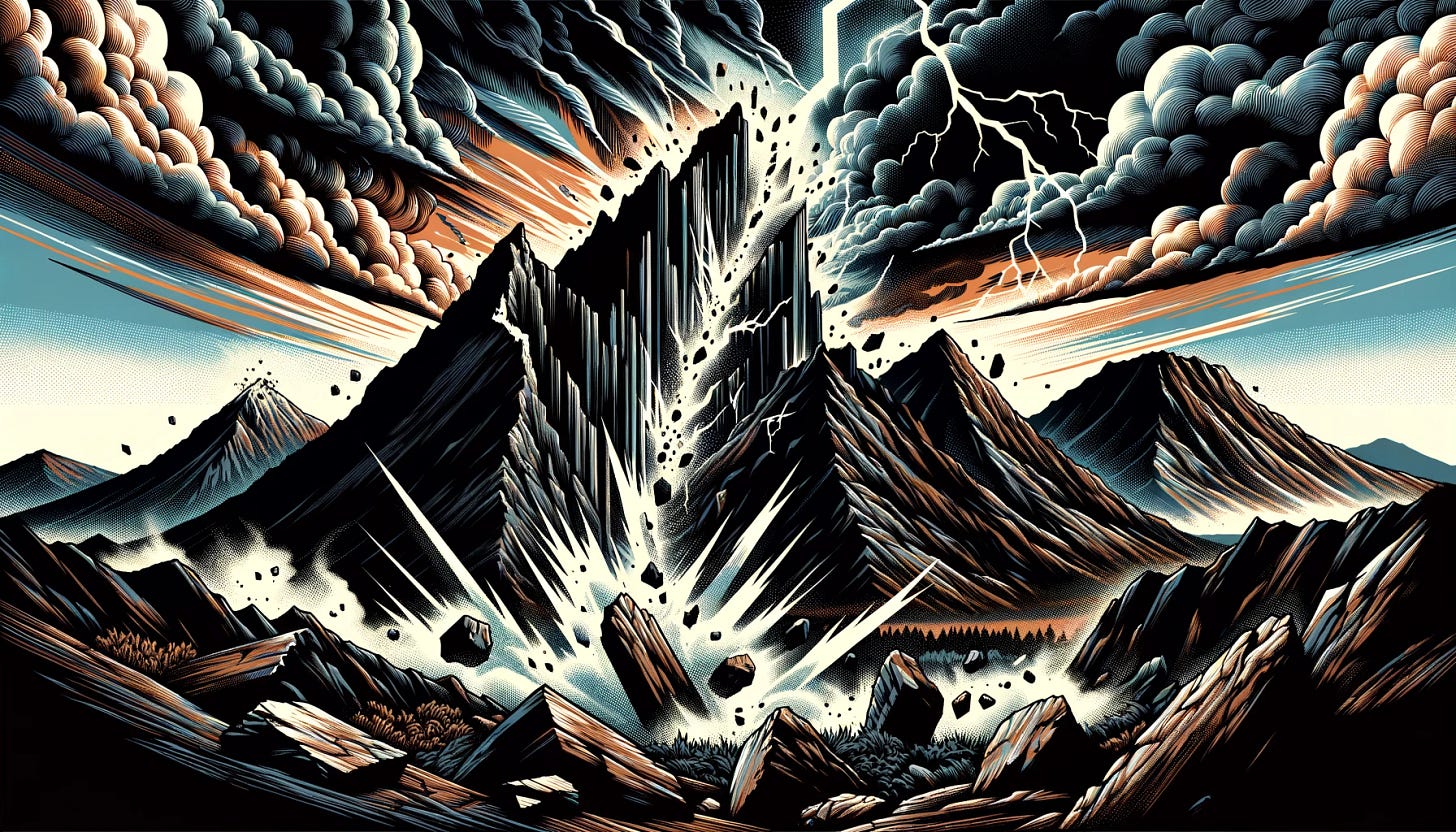At just over 29,000 feet high (almost 9000 meters), Mount Everest is the tallest mountain in the world.
If you can hold the image of a commercial jet flying through the sky in your mind, the peak of Mount Everest is almost up there touching where that plane is. Some smaller planes fly lower than Everest’s peak.
Some time around 50 million years ago, the Indian tectonic plate began crashing into the Eurasian plate. Newton’s First Law teaches us that when two giant landmasses like these collide, they don't just stop. All of this energy had to go somewhere, and the Indian plate pushed beneath the Eurasian plate, breaking through to the surface and forcing the ground to crash and fold and bend upwards.
That’s how the Himalayan mountain range was crated, and those same forces are still at play today, causing Everest to grow by a few millimeters every year.
Everest is the pinnacle of the range. It’s so high up there that people often get sick from too little oxygen on the way up, and there’s o…
Keep reading with a 7-day free trial
Subscribe to Goatfury Writes to keep reading this post and get 7 days of free access to the full post archives.




